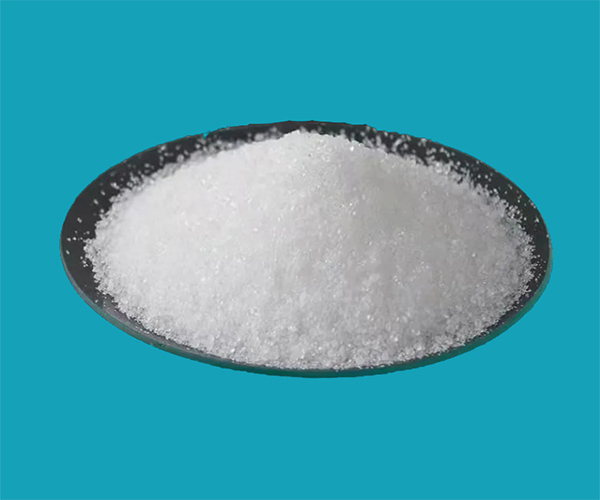Ammonium carbonate ((NH4)2CO3) is a salt. It forms when ammonia and carbon dioxide react. It has many uses, such as baking and smelling salts.
We commonly refer to Ammonium Carbonate as Baker’s Ammonia. Along with it, it is a chemical compound that comprises the ions of the ammonium and carbonate. On the other hand, it is a crystalline solid that has no color or a white powder that has a strong odor of ammonia and has a very sharp ammoniacal taste.
Properties of Ammonium Carbonate
Appearance : White powder
Specific gravity : 1.50
Odor : Pungent odor of ammonia
Molar mass : 96.09 g/mol
Density : 1.50 g/ml
Melting point : 58°C (136°F; 331 K)
Boiling point : Decomposes before boiling
Water solubility : 100 g/100 ml (15°C)
Solubility : Soluble in water, alcohol, and acetone
pKa : 9.25 (for NH4+)
pH : 7.8 (for 0.1 M solution)
Ammonium Carbonate Uses
(NH4)2CO3 has various uses in different fields, such as:
Bakers use it as a leavening agent, especially for cookies and crackers that are flat or crispy. It produces carbon dioxide and ammonia gases that help the dough rise and create a light texture. It also enhances the flavor and aroma of baked goods.
People use it as a smelling salt to revive people who have fainted or are feeling faint. It stimulates the respiratory system and increases blood pressure by releasing ammonia vapors that irritate the nose and lungs.
Some cough syrups and expectorants, such as Buckley’s cough syrup, use it as an active ingredient. It helps loosen and expel phlegm from the chest and throat by increasing the secretion of mucus.
Doctors use it as an emetic to induce vomiting in cases of poisoning or overdose. It irritates the stomach lining and causes nausea and vomiting by releasing carbon dioxide gas.
Chemists use it as a reagent in some chemical reactions, such as the synthesis of urea, ammonium nitrate, and ammonium sulfate. It also acts as a buffer to maintain the pH of solutions.
 English
English Español
Español Português
Português Français
Français Deutsch
Deutsch Русский
Русский 中文
中文 日本語
日本語
